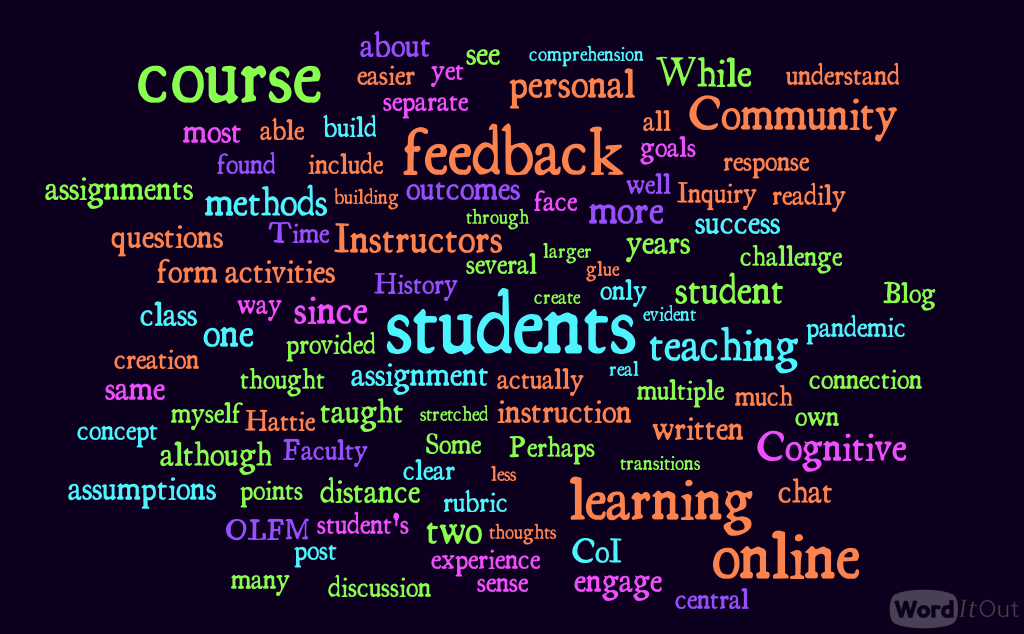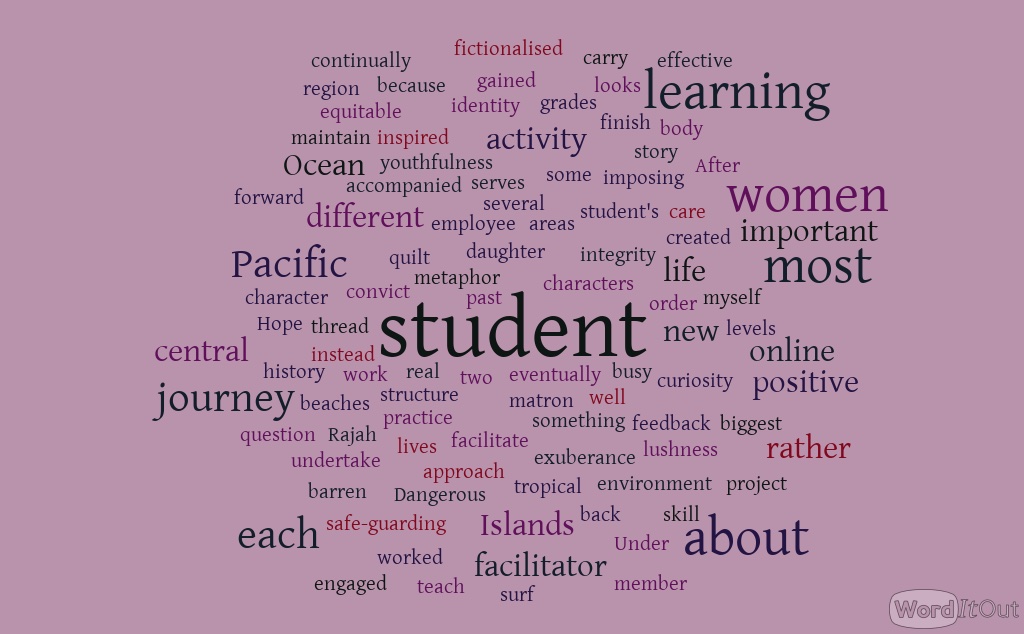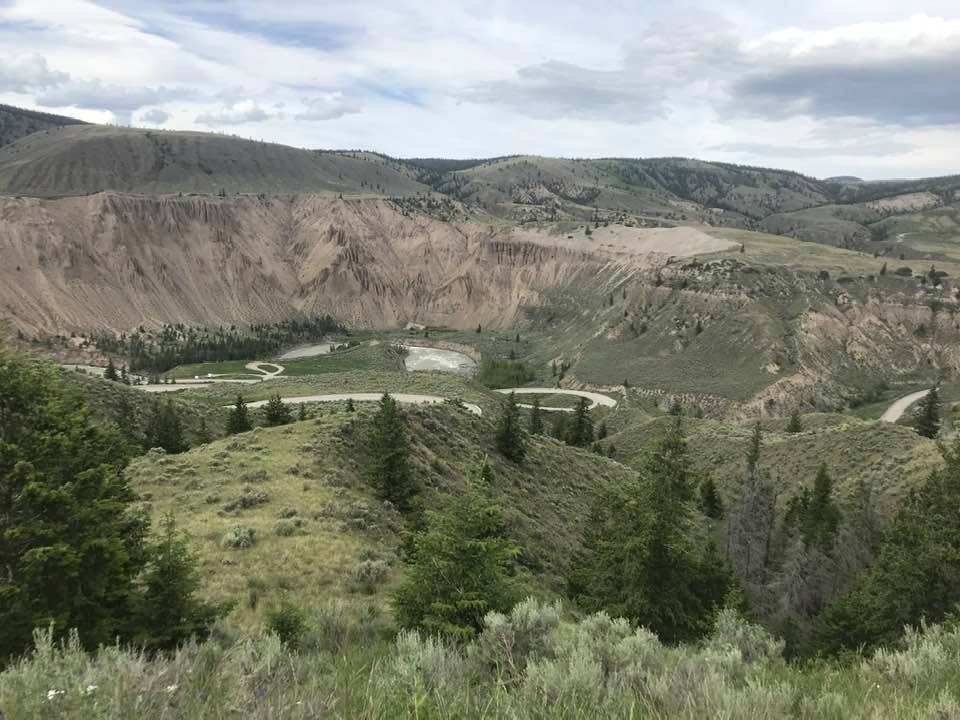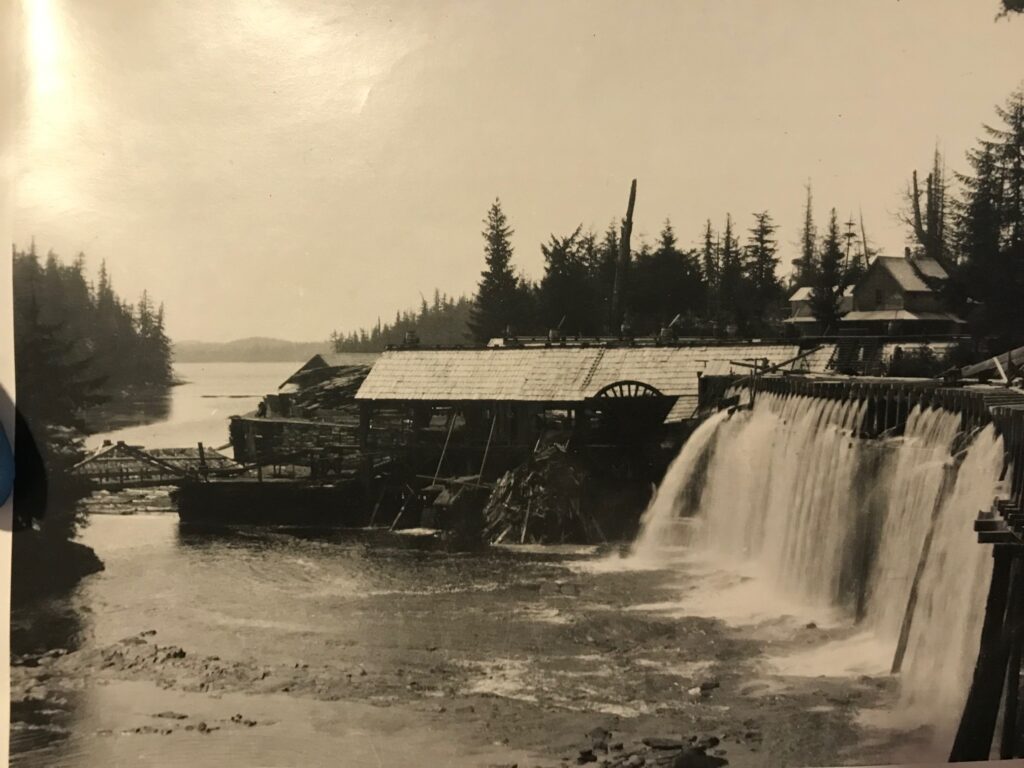The most important lesson I have gathered through this course has been the reminder that the role of facilitator is central to the work we do as Instructors in Open learning and that students sometimes need support and feedback to complete assignments and fulfill the course requirements. This is actually the most satisfying aspects of the work. The most noticeable change in my thinking actually came from my conversation with my OLFM colleague regarding suggesting to students use the Student Café platform to encourage that social space for technical or institutional questions. I don’t think I would suggest using blogging as an activity, but I often do make use of discussion forums, as part of my ‘blended’ teaching for semester courses.
The most surprising aspect of the course for me however is the student feedback to the course materials was actually not addressed in the course as a topic of effective planning in relation to learning outcomes and assessment. The role of reflection is significant but so too is act of receiving insightful feedback. I will continue to look for ways for students to interact, but also continue to interact or direct their insights at the conclusion of the course. As it stands now students are to create reflective posts as per their assignments, but then have no control on that content, once the course is complete or even how long these posts are open to other students to review. These are the ethical considerations I also consider when using open platforms for my own posting and reflection, and certainly have raised interest questions for my teaching methods and planning moving forward.
Category: Uncategorized
reflection — post OLT 201.2
As I review my first post for this course (OLT 201) I realise that I set up my introduction describing myself and research interests, which is how I interpreted the task. The way I understood this activity was about creating a multi media experience to increase audience engagement. If the task was to encourage greater interaction and to ‘enhance social presence’, I would definitely have changed up the written content to reflect my interest in the course materials and then added some urls of directing students to engaging websites, connected to the course. I don’t necessarily feel that I would change either my audio commentary or the photo, but would update to written content to include contact information and invite students to contact me directly with any questions.
In terms of ‘cohesive responses’ I already try to mindfully practice these activities in any course I teach, whether online or face to face. But not until the course is well underway so that might be something that I would change.
The reality is in 2021 we all have some form of digital footprint, even if we didn’t create it ourselves. The concept of ‘social presence’ is a positive direction to move in, but I think we also should be aware with so many new and engaging social media formats out there, students may already have established certain opinions or assumptions that we as instructors have no control over. We cannot manage these assumptions, but rather meet each learner with equity, respect and good humour, and that is a good start.
OLT 201 (lesson 1)
OTL 101 post 5
I am going to showcase all of my posts for lessons 2-4 as a word cloud since that was a wonderful activity which actually combines all the ideas/concepts. (cognative presence, learning outcomes and assignments/assessments) I think this activity also highights that lightness should be also part of how we teach and create a safe and engaging space for students. Congnitive presence with a smile!

OTL 101 – 4 FEEDBACK Loops
I found the Hattie article on feedback to be the most useful analysis thus far in OTL 101 as it provided a detailed and well-structured discussion thus it was easy to follow. Some of the thoughts or points in the model were thought provoking, (such as) the opening questions students might have of course material; the different forms or modes of feedback and the diverse variables in student response to the feedback. While I often personalize my comments on written assignments, I didn’t see that the personal connection might actually be distracting to both myself and the student. I always include a written rubric or breakdown of the assignment elements, and then include a written statement that explains the same in a more personal way. I see now that there might be unexpected messages in that personal connection. When I am the creator of course outcomes, the assessment/assignments it is much easier to design a rubric and grading form. As a OLFM it is a greater challenge since I did not have a direct hand in the assignment creation, although I can see, and adequately assess the assignment outcome.
The cultural/educational aspects Hattie mentions are a bit too general when assessing probable influences to a student’s acceptance or integrating feedback. While it is good to understand and support the individual students background, and their own goals and challenges, (especially since personal goals are integral to student success), it is risky to build separate feedback systems based on cultural assumptions, leading to biases or discriminatory practices. As Instructors we should care about where students are at and be aware of our own ‘ways of knowing’ that is sometimes an impediment to our teaching, and feedback response.
OTL 101 #3
The course I have selected to review is History 191. A course that I taught this past winter term, and one that I have taught before several years ago. Although it doesn’t exactly fit with the questions noted for this blog post, I actually went through my old outline (from 2010) and then reviewed the differences in assignments, outcomes and approaches. This comparison between the two versions of the course reflects my real-life experience and changes in my teaching practice over a several years. In the earlier version of this course I was teaching it as a distance course (audio lectures) with multiple campus joining in at specific times. Students were assigned activities that were to build on the reading comprehension of articles and textbook, but also with presentation and bonus points for active participation and engagement (with other students and discussion). The course objectives didn’t change but my methods of instruction did since I had a much larger class, of 55 while in previous years it was a class of 10-14. However I did also have two teaching assistants which helped me immensely in identifying strengths in course structure and online methods such as the chat function that I normally shied away from. These TAs were equally critical to the success of the students and the stated learning outcomes. I understand the concept of the SOLO taxonomy, but as distance instructors we can offer students enhanced learning activities and should challenge ourselves to do so. As one who I do not subscribed to the idea that in person and in real time is better form of instruction, but it is perhaps easier to generate a sense of belong to a CoI, which I think is central to students success.
In my discipline of history rote memory and exam recall is less important than articulation of historical trends and concepts. However, this pandemic has stretched instructors to be informed and expert users of online methods, upending all the assumptions many had of online verses (face to face) as the only method of instruction. I have great hopes that, if given the freedom and resources, most faculty will be able to integrate a more blended approach to course creation and adaptions.
Maureen Atkinson OTL 101 – #2
Blog #2 Cognitive presence and online tools dated data?
What intrigues me most about cognitive presence is how it remains a concept that is still not readily discussed by post secondary educators, regardless of those employing distance education methods or not. While I appreciate the importance of well thought out lessons plans and assignments, the goal of evidence of student’s cognitive presence is not readily evident with some online learning activities. As well, it is not clear to me as an instructor how the ‘Community of Inquiry’(CoI) is to be viewed by an OLFM.
A lingering question I have is are Open Learning Faculty members a separate CoI that supports online learning of others, or are we co-members of the same CoI as our students? I would suggest the latter since it appears that I only have communication and reflective interests with one or two colleagues rather than full TRU department. Time and again I find myself wondering where my work fits in to the bigger institutional picture, yet it is not clear where my community exists. I have many questions about online learning, and yet I have been doing it for at least two decades. This is a valuable experience, although as teaching during the pandemic has taught me, one can not make assumptions of the limitations of students to engage and be willing and able to lead in the transition to multi learning platforms. Overall I found that my fears of ‘back channel’ conversations in an online chat functions were entirely unfounded, and in fact the chat became a central form of live lecture feedback. Humor goes a long way to easing the tensions and transitions, but more importantly provided memorable ‘community building’ sense of the class itself. Is this the same however as a Community of Inquiry? Perhaps not, but without humanistic social glue how can any student want to engage with a deeper more revealing that longed for Cognitive presence? As Instructors, we need to engage with our students on all multiple levels, to create a respectful Community of Inquiry.
OTL 101 #1
My first word cloud

This was my first attempt at a word cloud on vacation, novel and beginning to think about online learning environments in a structured way. I love how the student came out in the centre of my thoughts.


